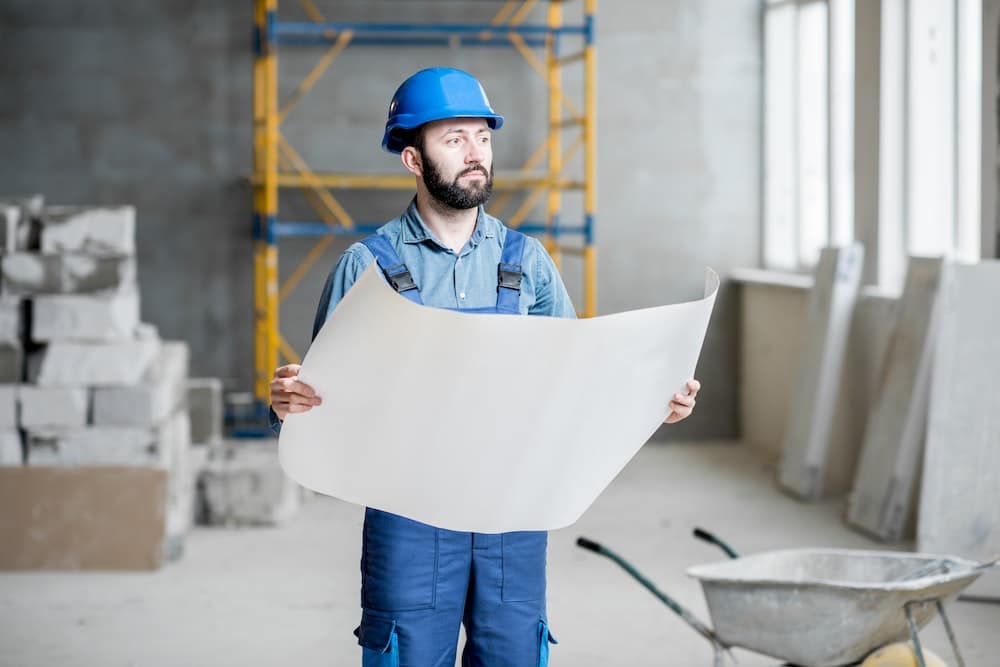How to Build an Off-Grid, Eco-Friendly Tiny House in the UK?

There’s a growing trend sweeping across the globe and it’s all about downsizing; not just our lives, but our homes too. You’ve seen it in the US, Australia and now it’s making waves in the UK. Yes, we’re talking about tiny houses. Beyond being a simple small-scale home, tiny houses are evolving to become symbols of sustainable living, with many homeowners moving towards eco-friendly, off-grid solutions. So, if you’re considering joining this movement and planning to build your own tiny house in the UK, you’re in the right place.
Embracing the Tiny House Movement
The tiny house movement is not just about living in a small space (although that’s certainly part of it!). It’s also about simplicity, efficiency, and sustainability. These homes are typically between 100 and 500 square feet and are built with efficient design and technology to maximize living space and reduce environmental impact.
Dans le meme genre : How Are Robotics and AI Changing the Face of UK’s Retail Warehouse Management?
When planning your tiny house, it’s essential to consider where you will place it. The UK, like any other country, has regulations regarding land use and building codes. Many tiny homeowners opt for rural areas where regulations might be more tiny-house friendly. However, urban locations also offer unique opportunities for creative and sustainable designs.
In some cases, you may need to have your tiny house classified as a mobile home or caravan to skirt certain building regulations. Always make sure to thoroughly research local laws or enlist the help of an experienced builder or legal expert.
Avez-vous vu cela : What’s the Impact of Driverless Pods on UK’s Urban Public Transit?
Sustainable Building Materials and Practices
The next step in building your tiny house is choosing sustainable building materials. This not only reduces the ecological footprint of your home but can also make it healthier and more energy efficient.
Consider using reclaimed or recycled materials for your build to reduce waste. This could include reclaimed wood, recycled metal, or even repurposed items like windows or doors.
When it comes to insulation, sheep’s wool is a fantastic eco-friendly option. It’s breathable, which helps to control condensation, and it’s also a great thermal insulator.
Other sustainable practices include using non-toxic paints and finishes, and incorporating natural light to reduce the need for artificial lighting.
Off-Grid Energy and Water Systems
Living off the grid requires careful planning of your energy and water systems. Solar power is an increasingly popular choice for tiny house owners, providing a sustainable and renewable source of electricity.
Installing solar panels on your tiny house can supply all the power you need for lighting, appliances, and even heating. Battery storage systems can also store excess energy generated during the day for use at night.
When it comes to water, you might consider collecting rainwater for your needs. A rainwater collection system can be as simple as a barrel to capture water from your roof, or more complex with filtration systems to purify the water for drinking.
Living Small and Efficiently
The thought of living in a small space can be daunting but with careful planning and smart design, you can create a tiny house that is both functional and comfortable.
Storage is often a major concern in tiny homes. But, by making use of every inch of your house, for example, building storage into stairs or furniture, you can significantly increase your available space.
Additionally, choosing multifunctional furniture, like a sofa bed or a table that can double as a desk, can also help to maximize your space.
The Future of the Tiny House Movement
With the ever-increasing awareness of our environmental impact, the tiny house movement is only expected to grow. By building and living in a tiny house, you can significantly reduce your ecological footprint, lower your energy usage, and live a simpler, more sustainable life.
Moreover, as technology continues to evolve, there will likely be even more options available for off-grid living, making it easier and more efficient to live in a tiny house.
The journey to build your own off-grid, eco-friendly tiny house in the UK may seem like a daunting task, but with careful planning and consideration of the points mentioned above, you can join the growing number of people who are choosing to live smaller, simpler, and more sustainable lives.
Planning Permissions and Regulations
When it comes to building an off-grid, eco-friendly tiny house in the UK, one of the key considerations is the planning permission process. Before you can start construction, you need to ensure that your project complies with the local building regulations and receives the necessary approvals.
In the UK, the planning permission process can be quite complex, especially for unconventional housing like tiny homes. You need to account for various factors such as the site’s location, access to the site, the impact on the local environment, and your tiny house’s design.
If you plan to build your tiny house on wheels, or if it’s classified as a mobile home or caravan, you might be able to bypass some regulations. This can make the process easier, but it’s essential to check with your local council to understand the specific rules applicable to your situation.
Aside from planning permissions, there are also Building Regulations to consider. These regulations are concerned with how the house is built, ensuring it meets health, safety, welfare and convenience standards. The specific criteria include structural integrity, fire safety, energy efficiency, and access.
If you aren’t familiar with these processes, consider hiring a professional. This could be a licensed builder or architect who has experience with tiny homes and understands the ins and outs of local planning regulations.
Waste Management and Grey Water Systems
Living off-grid means dealing with waste in a sustainable and eco-friendly way. Two important aspects of this are composting toilets and grey water systems.
A composting toilet is a type of toilet that treats human waste by composting and dehydration, resulting in a usable end-product that can be safely recycled back into the environment. This makes them a great choice for off-grid living as they require no water, reduce waste, and can even produce compost for your garden.
Grey water systems are another essential component of off-grid and eco-friendly living. Grey water refers to the wastewater generated from sinks, showers, and washing machines. With a grey water system in place, this water can be reused for tasks that don’t require potable water, such as flushing toilets, watering plants, or washing cars.
Implementing these systems in your tiny house can significantly reduce your water consumption and minimize your impact on local water resources. However, it’s important to understand that both composting toilets and grey water systems require regular maintenance to keep them functioning properly and ensure they don’t become a health hazard.
Conclusion
Embracing the tiny house movement and opting for off-grid living is a transformative experience that offers countless rewards. Building your own off-grid, eco-friendly tiny house in the UK is a challenging but rewarding journey. From sorting out planning permissions to installing solar panels and managing waste, every step you take is towards creating a sustainable, energy-efficient home.
While the task can seem daunting, the rewards are immense. Not only would you be living a life that’s in harmony with the environment, but you’d also be part of a global movement towards sustainable, simple, and meaningful living.
By incorporating renewable energy sources such as solar power into your home, and by managing your waste and water efficiently through composting toilets and grey water systems, you can live grid-free, reducing your ecological footprint and leading the way in sustainable living.
Remember, the key to successful tiny house living lies in detailed planning, understanding local regulations, and adopting sustainable practices. You’re not just building a house; you’re crafting a lifestyle that respects and cherishes our planet.
